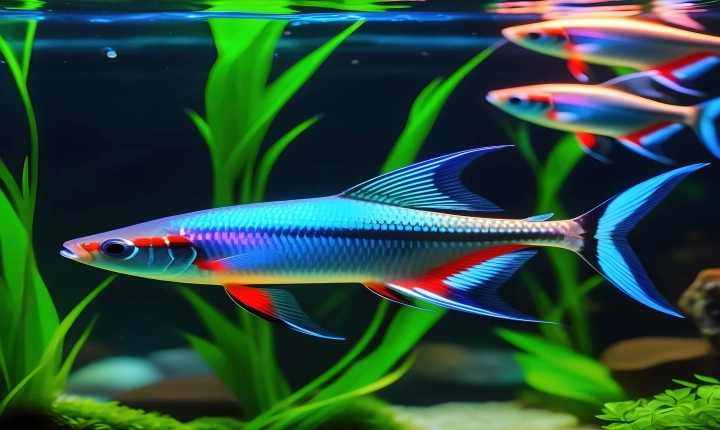Is AI art considered art?
Artificial intelligence, or AI, has made significant strides in recent years and has been increasingly employed in the field of art. From generating paintings and sculptures to composing music and creating poetry, AI has begun to blur the lines between its creations and those made by human artists. This begs the question: is AI art considered art?
The answer to this question is a complex one and largely depends on how one defines art. Traditionally, art has been seen as a form of self-expression, creativity, and human emotion. It is a deeply personal and subjective process that reflects the thoughts, feelings, and experiences of the human artist. Critics argue that AI, devoid of human emotions and experiences, cannot truly create art in the same way that humans can.
However, proponents of AI art argue that technology can be a tool for creativity and self-expression. They highlight the ability of AI to process vast amounts of data, recognize patterns, and generate novel ideas that may not have been possible for humans to conceive. Additionally, AI can be used to push the boundaries of artistic creation, challenging conventional notions of what constitutes art and opening up new possibilities for innovation and experimentation.
One of the most famous examples of AI art is the painting “Portrait of Edmond de Belamy” created by the collective Obvious using a generative adversarial network (GAN). The painting, which depicts a fictional character, was sold at auction for a significant amount, further fueling the debate about the validity of AI-generated art.
Furthermore, AI art has the potential to democratize art creation by allowing individuals without traditional artistic skills or training to participate in the creative process. This inclusivity could lead to a broader and more diverse range of artistic expressions and perspectives.
On the other hand, some critics argue that AI art may devalue the role of the human artist and undermine the authenticity and uniqueness of their creations. They worry that the proliferation of AI-generated art could lead to a homogenization of artistic expression and a loss of the human touch that makes art so impactful and meaningful.
In conclusion, the question of whether AI art is considered art is a nuanced one that will continue to be debated as technology evolves. While traditionalists may resist the idea of AI as a legitimate art form, it is clear that AI has the potential to challenge and expand our understanding of art. As AI continues to advance, it is essential for society to critically examine the implications of AI art and consider the ways in which it may shape the future of artistic expression.
